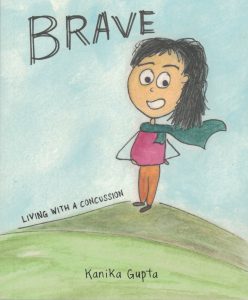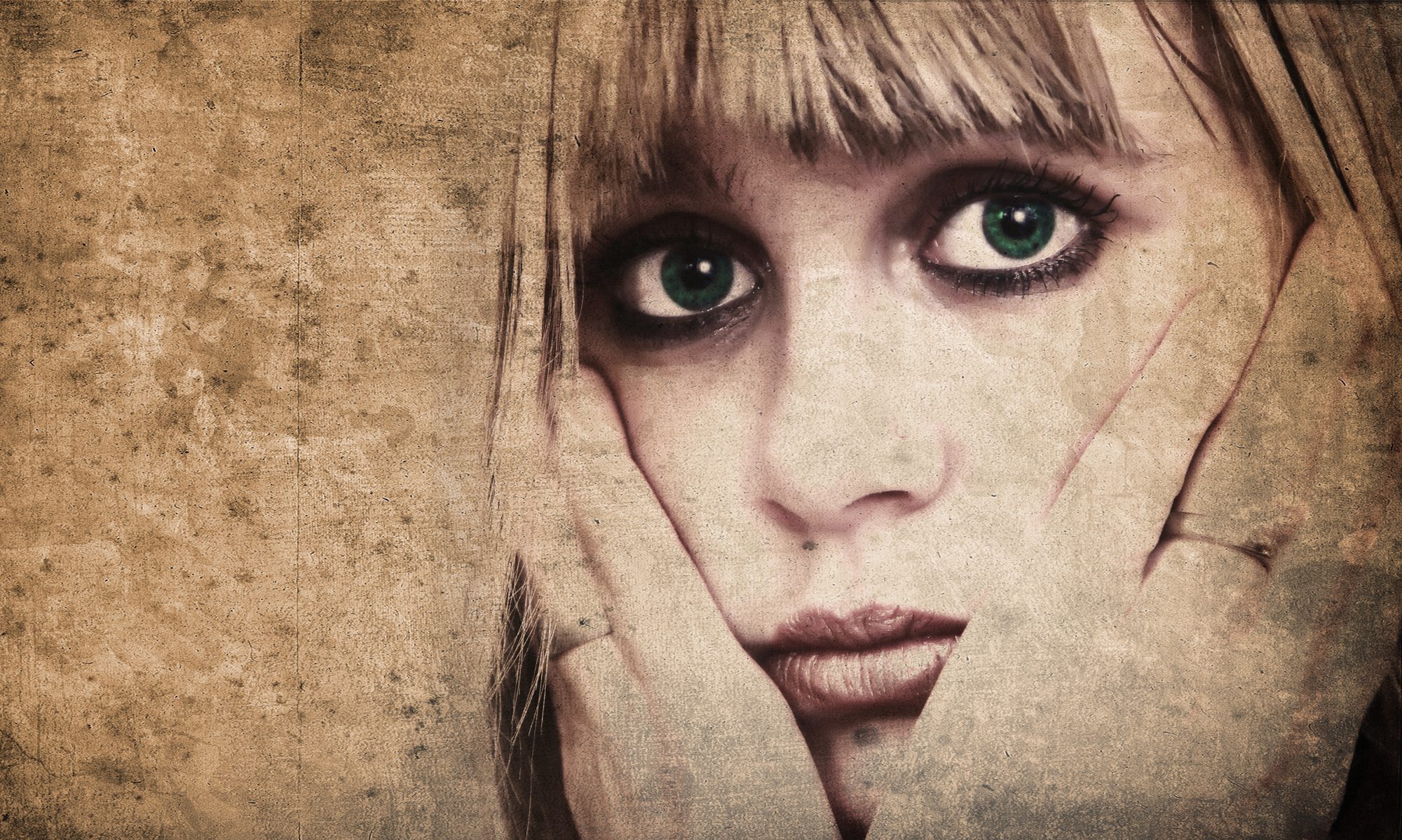
I recently met a brain injury survivor who is a role model for us all. Her name is Kanika Gupta and she was one of the scheduled speakers at a public information session about brain injury. The event had been advertised to the organization’s own brain injured clients and their families. Kanika was the third speaker and as she walked to the podium, the lights in the room dimed. She started her presentation by making note of it and indicating she had asked the organizers to dim the lights for her presentation. She then asked the audience how many people have light sensitivity and many of us raised our hands. She scanned the audience and said hmmm… more than half the people. She then began her presentation and I was immediately captivated. She was out in front of the podium, talking casually but confidently. I felt she must have been doing public speaking all her life.
She began her talk by indicating that in 2013 she sustained a concussion and has been living with lasting symptoms ever since. She has been plagued by headaches as well as light and sound sensitivity. Although she wasn’t an artist at that time, she found the only thing that gave her relief from her symptoms was drawing and colouring, so she did a lot of that. Her drawings typically depicted what she was going through. She later decided to pull her drawings together into a book so she could give it to her family and friends to help them understand her issues better. The book represents the story of her journey and what she has learned along the way.
As she described her life since her accident, images from her book were displayed on the screen beside her to bring her words to life. She indicated it bothers her when people ask her for more details about her accident. Her view is the details of her accident aren’t important; there are a million different ways people can hit their heads. She feels what happens after the brain injury is all that matters. I couldn’t agree more. Some accident victims seem to enjoy telling the details of their accident. In her book, Kanika indicates that speaking about what happened often forces people to revisit unpleasant experiences or painful memories.
She describes what it takes for her to go out in the world now. For her to attend a wedding, a party or a gathering of friends she has to wear her wide-brimmed hat and sunglasses, noise-cancelling headphones and hide out in the dark corners of the room. But she is there. Hanging out in dark corners isn’t fun, but it allows her to show up. She is doing whatever it takes to continue to participate in life. When she does head out into the world with her hat and sunglasses permanently in place (indoors or out), she just wants to participate and to blend in with the crowd. She doesn’t want extra attention. She’d rather people didn’t comment on the hat and sunglasses, but she finds invariably they do. She has concluded the issue isn’t hers, its theirs. People are uncomfortable with anything different. She has learned it is a reflection of them and it has absolutely nothing to do with who she is. Over time she has gained more confidence and is choosing to own it. She has decided to move forward boldly and unapologetically. She has a beautiful collection of hats. If she has to wear a hat and sunglasses everywhere, then so be it, she’s going to rock them!
Like so many of us, Kanika speaks very well so her issues are to an untrained eye, “invisible”. Her book and presentation provide a request to society to accept the things you don’t fully understand, to do all you can to further your knowledge about invisible disabilities like brain injury and to do what you can to make a brain-injured person in your life more comfortable. This may mean dimming the lights, closing the shades, switching seats in a restaurant to make the person more comfortable, turning off the music and the ceiling fan, closing the window, speaking one at a time and perhaps even speaking more slowly. If the person is willing to tell you what will help them participate in the world, please, listen and do what you can to accommodate them.
At the end of her presentation, Kanika boldly asked the audience if they’d like the lights to remain dimmed during the next speakers’ presentations and those of us with photosensitivity all applauded. The irony is not lost on me that an organization putting on an event specifically targeted to brain-injured people and their families could watch a bunch of people file into the room wearing wide-brimmed hats, sunglasses and noise-cancellation headphones and still need to be specifically asked to dim the harsh lights. We have a long way to go.
At the end of the event, I went and found Kanika and got emotional as I thanked her for her presentation and for having the courage to speak up and use a voice that not all of us have found yet. She stood up from signing my copy of her book and we hugged it out. Kanika has appropriately titled her book “Brave – Living with a Concussion”. Her brother tells her she’s the bravest person he knows. In her presentation Kanika asks those still suffering the effects of concussion to think about how they are going to be brave and to think about how they are going to show up in the world. We are all going to have to follow Kanika’s lead, square our shoulders, calmly educate those around us and ask for what we need.
Kanika’s book is a perfect tool for starting the conversation with your family and friends. She has generously made the book available for free viewing online. So, read it yourself and send it to everyone you know. Better still, support Kanika in her work and buy a copy and pass around a good ‘ole hard copy book. Then continue the conversation and tell the people in your life what makes your symptoms worse and what they can do to help you be more comfortable.
Ever since her presentation I’ve been trying on different hats in stores. I’m looking for just the right one. One that’s practical and will block the fluorescent lights in stores and doctors’ offices, but one that I’m proud to wear. I need it to bring me confidence so I can channel my inner Kanika and “rock the hat and sunglasses” as I follow her lead and assume my role as an advocate for invisible injuries.
